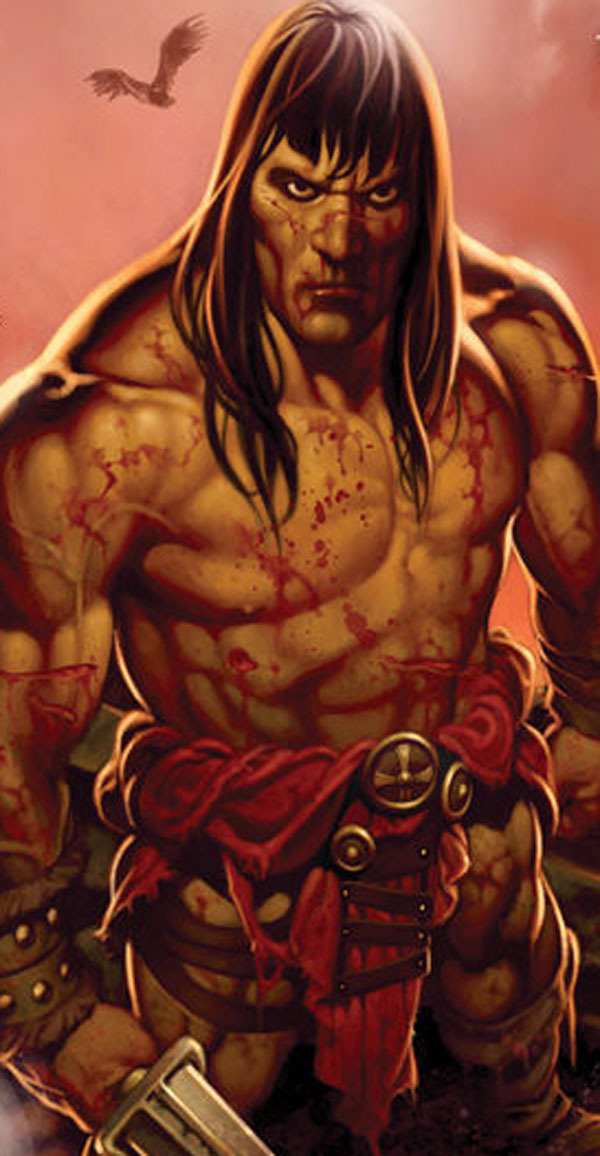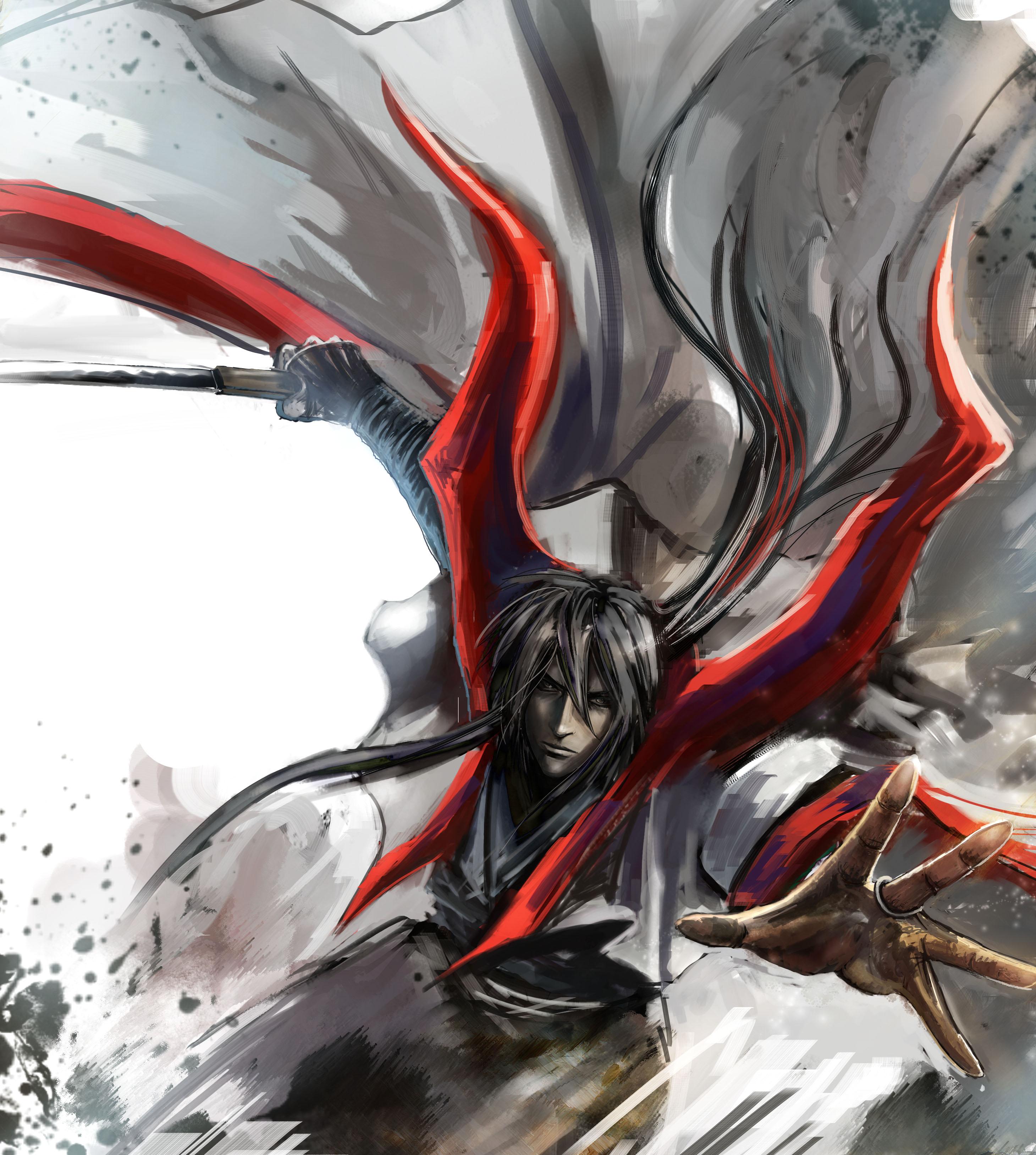Fictional characters are typically poor swordsman, whatever their reputation in-universe. This is particularly true of more recent entertainment media, and especially games. Ever notice how game systems, even real time ones, have a "I go, you go, I go" style of swordplay? Plenty of modern films do it as well, although there are counterpoints in the likes of the original Star Wars films, Robin Hood: Men In Tights, etc.
What makes a sword good isn't its raw killing power, after all. Axes have that covered. Spears reach further. Daggers operate at such close range that defending against them is very difficult. What swords specifically do well is merging offense and defense. I'll explain:
Imagine that you have a sword in hand and are facing off against an opponent. You see yourself from a side view, like a fighting game. If you were to extend your sword so that you're using its maximum length or close to that, your sword arm and sword would make a straight or nearly straight line connecting with your opponent's jaw, neck, shoulder, or upper chest. If you want to strike a target outside of this upper body zone, your range necessarily decreases as your straight line becomes more diagonal. This means that, if you can make an opponent use their maximum range at all times, then their strikes must always pass through a single, predictable point of extension. If you can consistently intercept and control this point, then you're likely to win without harm to yourself.
Knowing this, you can make your sword's recovery posture (the position you're in after a strike) pass through or end connected to this point. This way, your attacks double as defenses, and you never have to do something so crass as commit to a standard parry. Parrying isn't good swordplay -- it's damage control for when you fall behind. All you need to do is attack in a way that defends you until you successfully strike your opponent. Pretty much everything else worth doing is to do with strategic nuances. You might take a defensive guard at the beginning of the engagement, using a reactive strategy, but you'll still be using that central point of extension as your reference point for defense; the only change here is that you're trying to make your opponent commit so you can win by exploiting a clear opening as soon as possible.
Obviously, there's more to swordplay than this one point of extension, but it's very often the piece of knowledge that separates actual swordsmen from people with swords. Just about every strong style of swordplay has at least one guard that directly references this point of extension in its posture, whether that's the Japanese chuudan or the German langenort. Good styles of swordplay teach how to ensure that cuts and thrusts pass through this point to maximise one's capacity to intercept attacks while attacking. This concept, where a swordsman accomplishes multiple things in one unit of time, is a key element of swordplay that is rarely referenced in entertainment media these days.
The Berserk OVAs had really good swordplay, mind. A great compromise between entertainment needs and true techniques. Probably because there wasn't much compromise, and the OVAs often used impact effects and camera angles to frame real techniques in exciting ways (although there are definitely instances of exaggeration or silliness, too).



